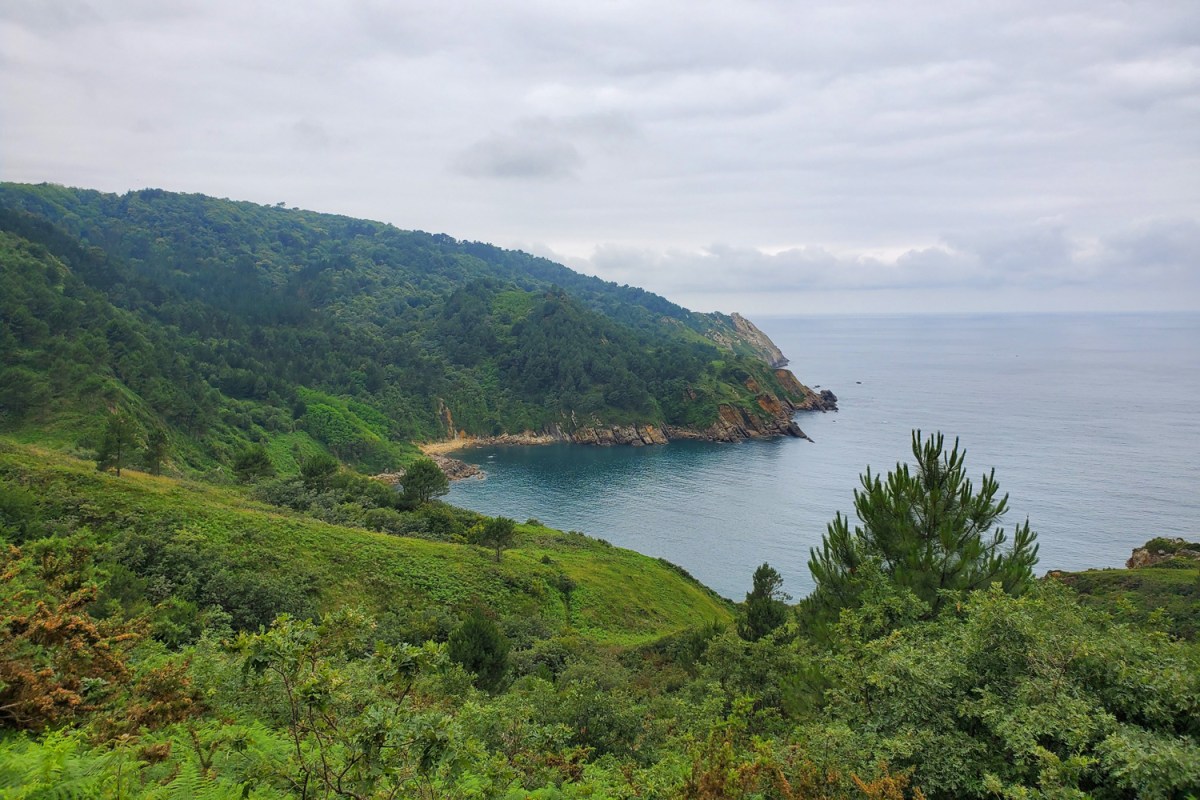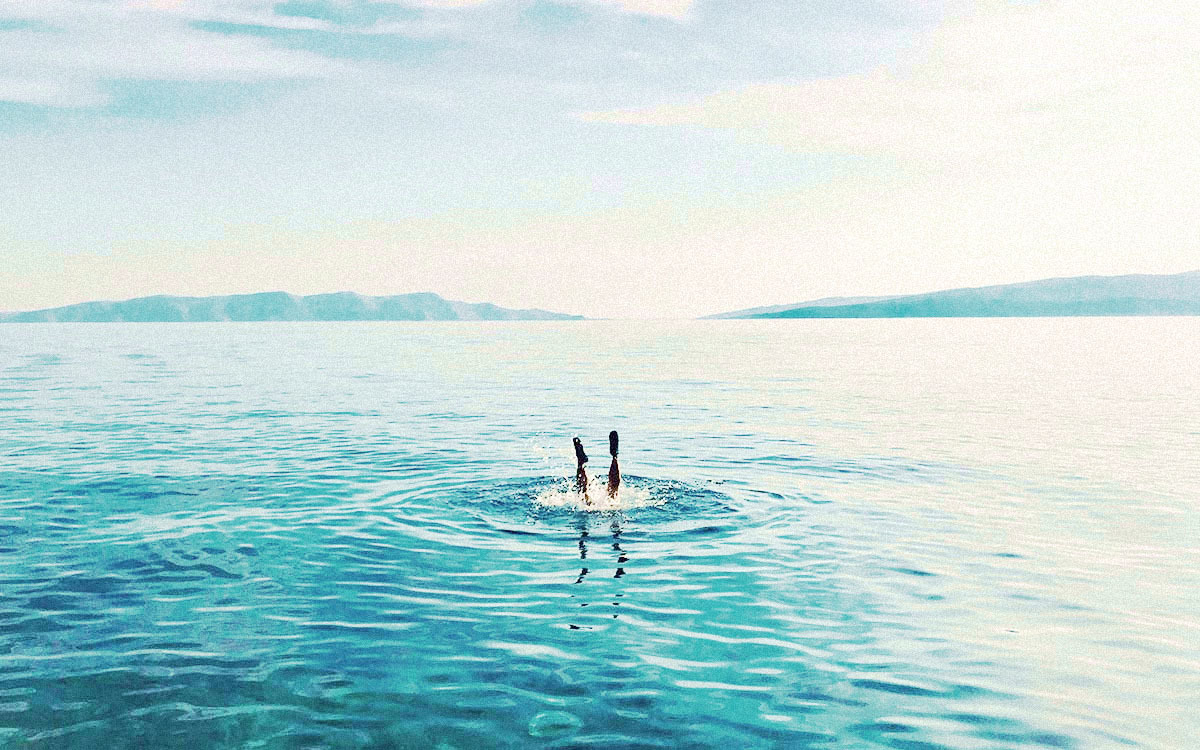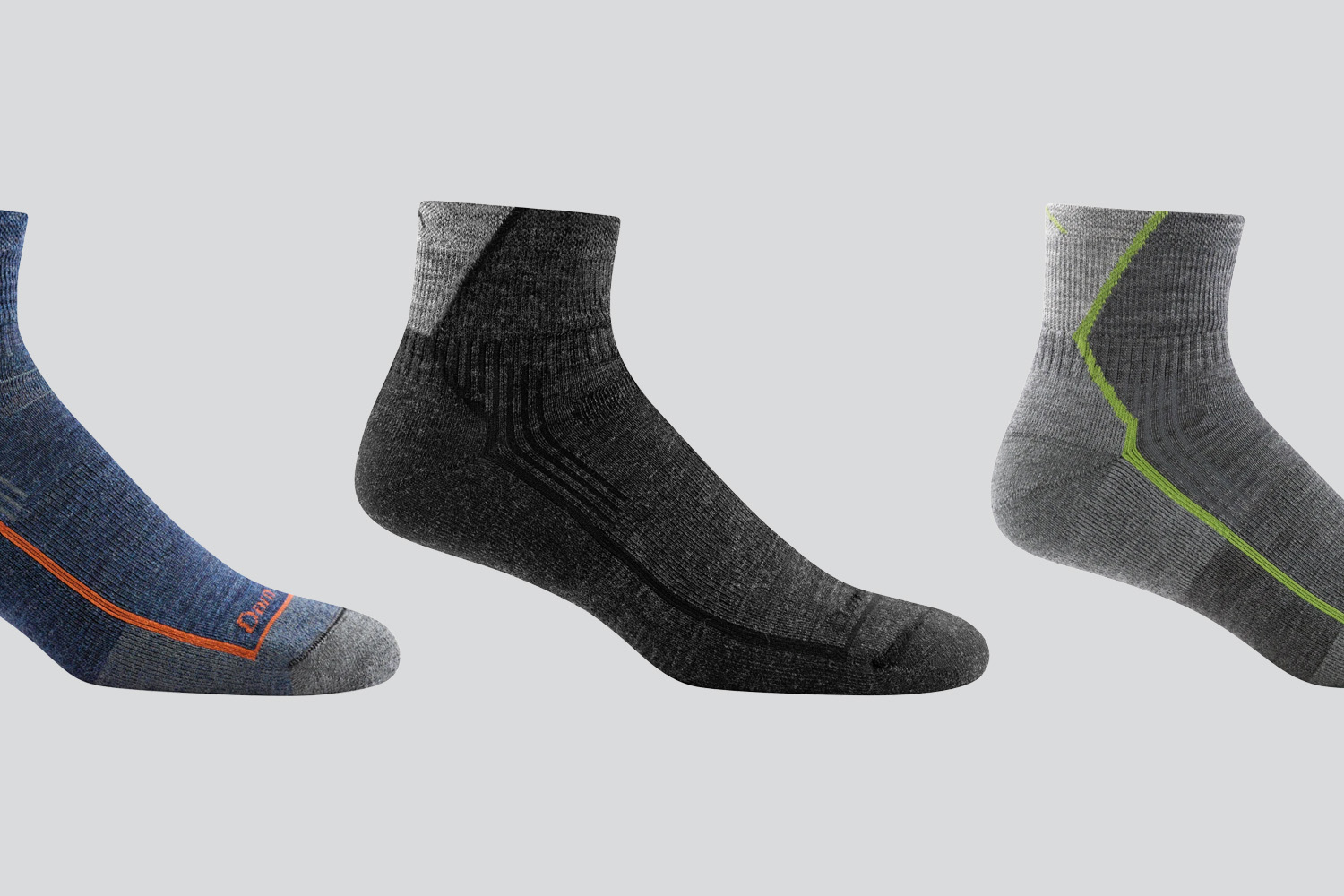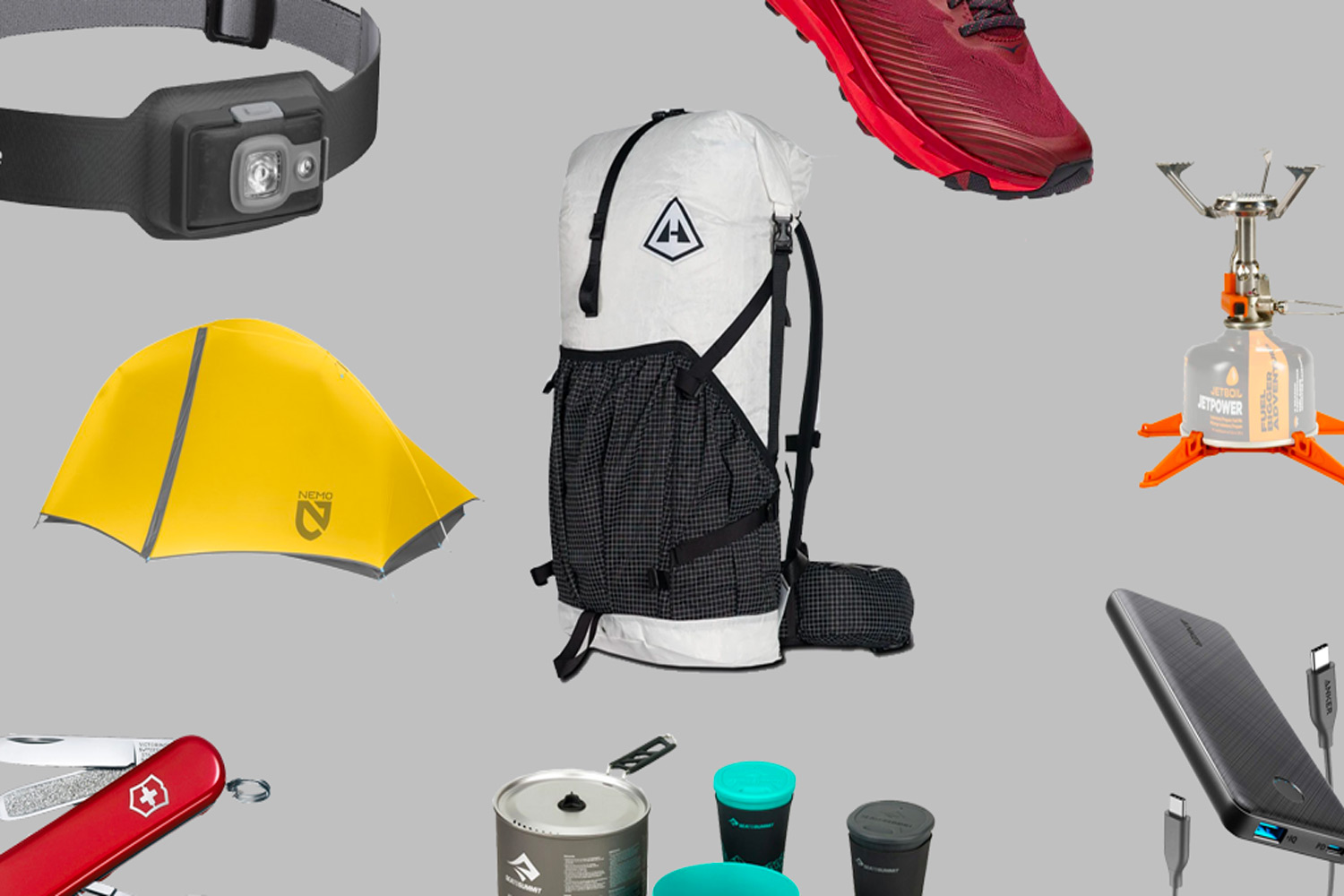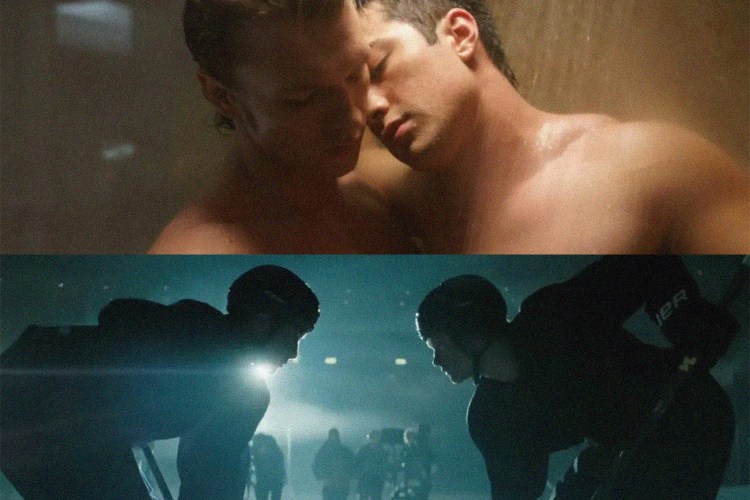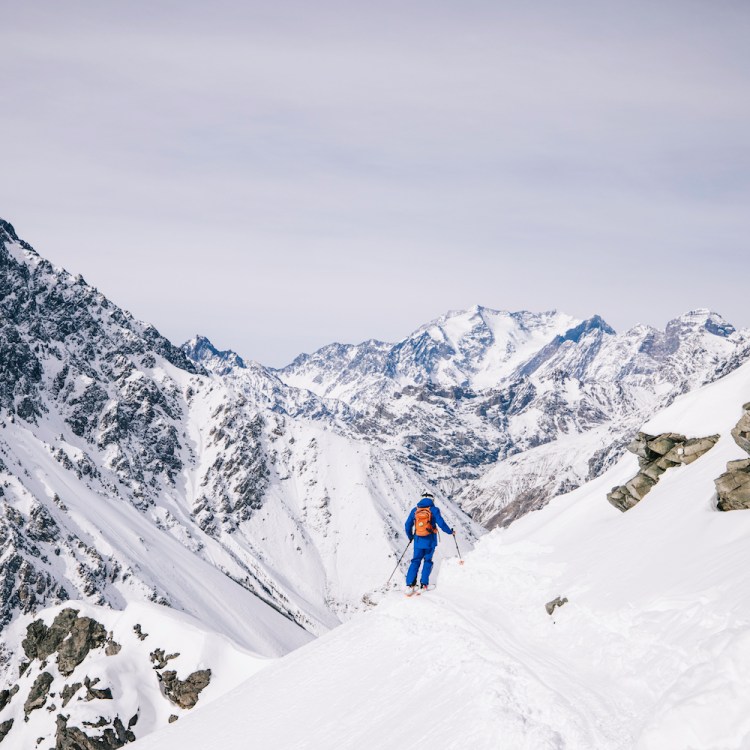Whenever people ask me what I’m most excited to do once things go “back to normal,” the easy/short answer I’m prone to give is “go to a concert.” I love seeing shows, and this seems a pretty attainable goal — if the past year has taught me anything, it’s not to be greedy in the experience department. However, if I were really being honest with myself (and the person asking the question), I think my real answer would be “go to a foreign country and spend multiple days hiking from place to place.”
In March of 2018, on somewhat of a lark, I flew to Spain by myself and spent three days hiking from the small Catalonian village of Colera north along the hilly Mediterranean coast, eventually crossing the border into France and arriving in the tiny town of Collioure. I enjoyed my impromptu sojourn so much that I ran it back the following July, electing this time to switch coasts and hike from San Sebastián to Biarritz along a portion of the famed Camino de Santiago and Sentier Littoral.
With Round Two every bit as successful as Round One (if not more so), I resolved to make this type of trip an annual ritual — pick a piece of picturesque, unfamiliar topography (preferably one with quality regional food/booze), choose a start/end point and spend a few days getting from place to place the old-fashioned way.
Obviously the universe had different plans for 2020. Our collective COVID-19 saga, however, has served to further highlight for me the massive value of my treks from both a physical and mental fitness perspective, and I truly can’t wait to get back out on the trail.
From a physical fitness perspective, it doesn’t take a windburnt alpinist to know that hiking is just straight-up quality exercise — anyone who’s ever walked a long flight of steps knows that an extended climb is damn good cardio and will set your legs a-burnin’ in no time. But beyond that, the fact that hiking inherently involves uneven terrain and the added weight of a pack yields some other benefits that you’re just not going to get from a Stairmaster. In addition to the the major muscles propelling you along the trail (see: hips, glutes, quads, hamstrings, calves, etc.), you’re also engaging a series of smaller stabilizing muscles in your legs and core that are putting in overtime to help you stay balanced — speaking from experience, this is something you will feel in the best possible way over the course of multiple days on the trail, and over time will contribute to better balance on the whole.
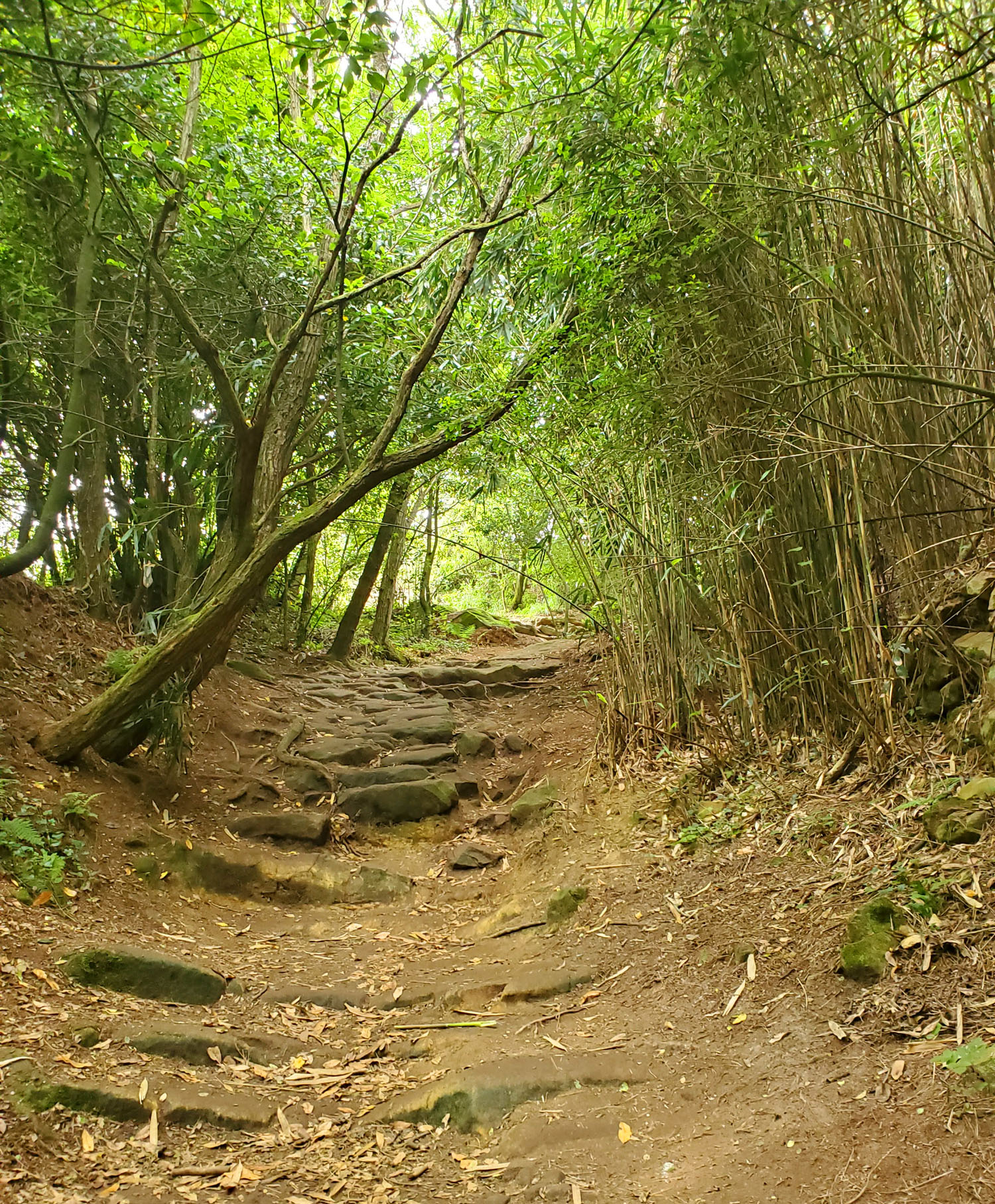
Speaking of balance, hiking has also been proven to increase proprioception, your brain’s perception/awareness of the position and movement of your body as it pertains to your surroundings. Without getting too far into the weeds on the science of kinesthetics, the idea is that extended periods of time spent consciously navigating unfamiliar terrain leads to increased spatial awareness, balance and reflex. You’re essentially “flexing your brain,” and this too can be readily identified over the course of a multi-day hike: day one typically features a lot of watching one’s own feet, which will naturally decrease until you’re ambling confidently and taking in scenic vistas with ease.
As for those scenic vistas, the restorative psychological power of wide open spaces, particularly after a year like the one we’ve just been through, cannot be overstated. Nature is a tonic, and the ability to unplug and enjoy it while simultaneously accomplishing a multi-day goal is extraordinarily gratifying. I for one am keen to pair a new section of coastline with a few Spotify playlists and podcasts, but if you’re into rugged canyons and a book on tape or primeval forests and nothing but the ample natural music they provide, more power to you — it’s a big beautiful world out there, and my only wish is that you get out and explore more of it once we are all able.
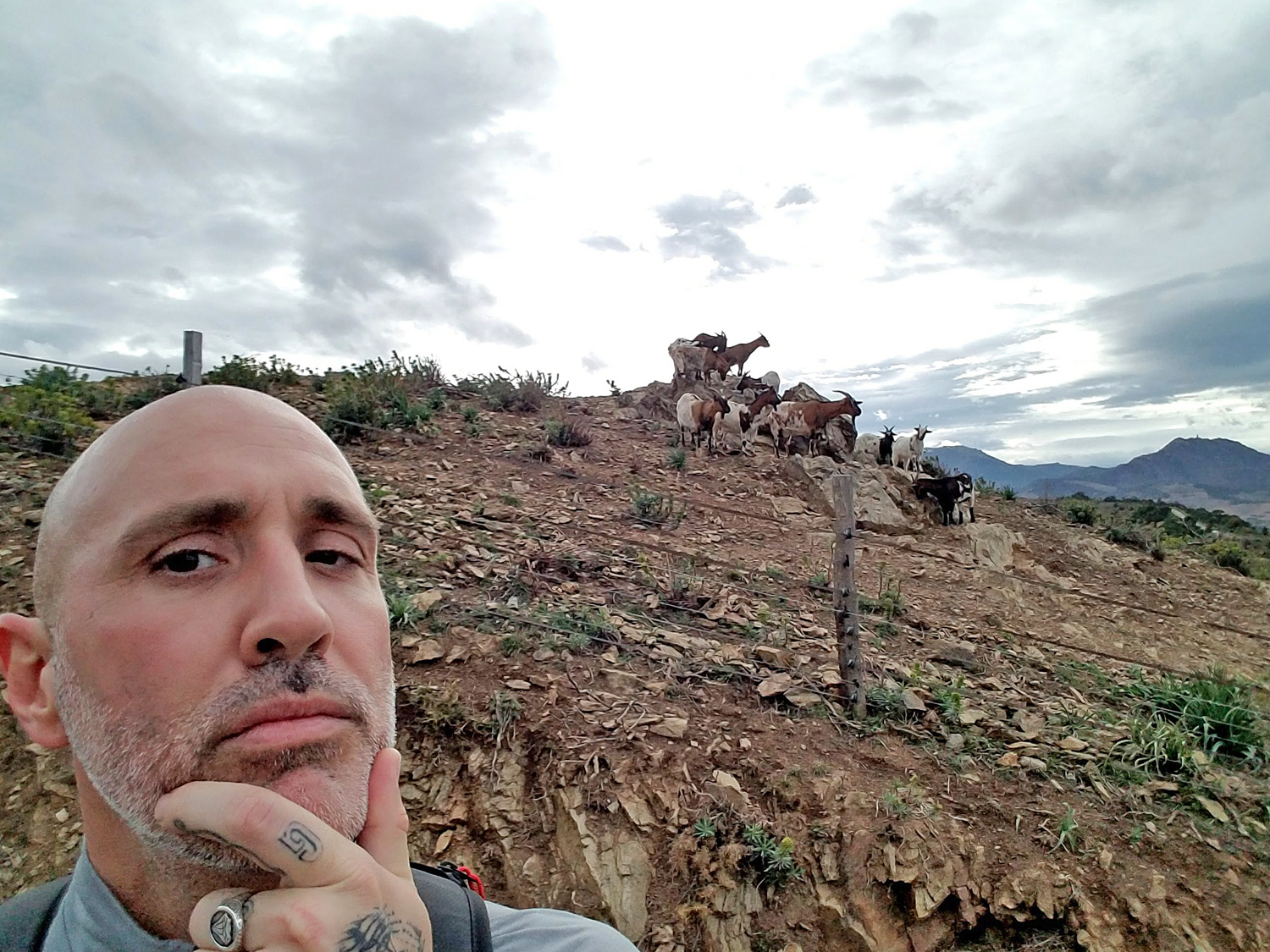
As you do so, allow me to proffer a few other assorted tips and tricks I’ve picked up along the way:
- Choose your footwear carefully. A lot of this boils down to personal preference and the type of terrain you’ll be tackling, but do yourself a favor and take the time to do some research and also — and I cannot stress this enough — put some miles on your shoes/boots before embarking on a longer trek. Breaking your footwear in is key, and also gives you a chance to discover any possible issues. A bad blister on the first day of a three-day hike is not what’s up.
- Bring blister pads. Even with the above prep, shit happens and it’s best to have some relief handy.
- Choose your pack carefully. This too involves several factors (most notably how far you’re going and thus how much stuff you’ll have), but a bad pack is almost as bad as bad boots in terms of negatively affecting your experience. Consult your local outdoor supply retailer and or peruse more in-depth articles like this one.
- For the love of god, stretch. Both before and after your hiking sessions. The latter is easy to skip at the end of a long day, but some light stretching will pay major dividends in the morning.
- Focus on your breathing. Particularly on extended uphill sections, establishing a cadence between your breathing and stride is quite helpful.
- Take breaks. Shorter and more frequent is better than extended and occasional, as it gives your muscles less time to stiffen up.
- Consider a town-to-town approach. There are different strokes for different folks to be sure, but in my personal experience, beginning with a route that takes you from one bit of civilization to another allows you to pack significantly lighter and also enjoy some well-earned grub/hooch at day’s end, along with a comfy bed. You can always graduate to full Jeremiah Johnson-level self-sufficiency down the line.
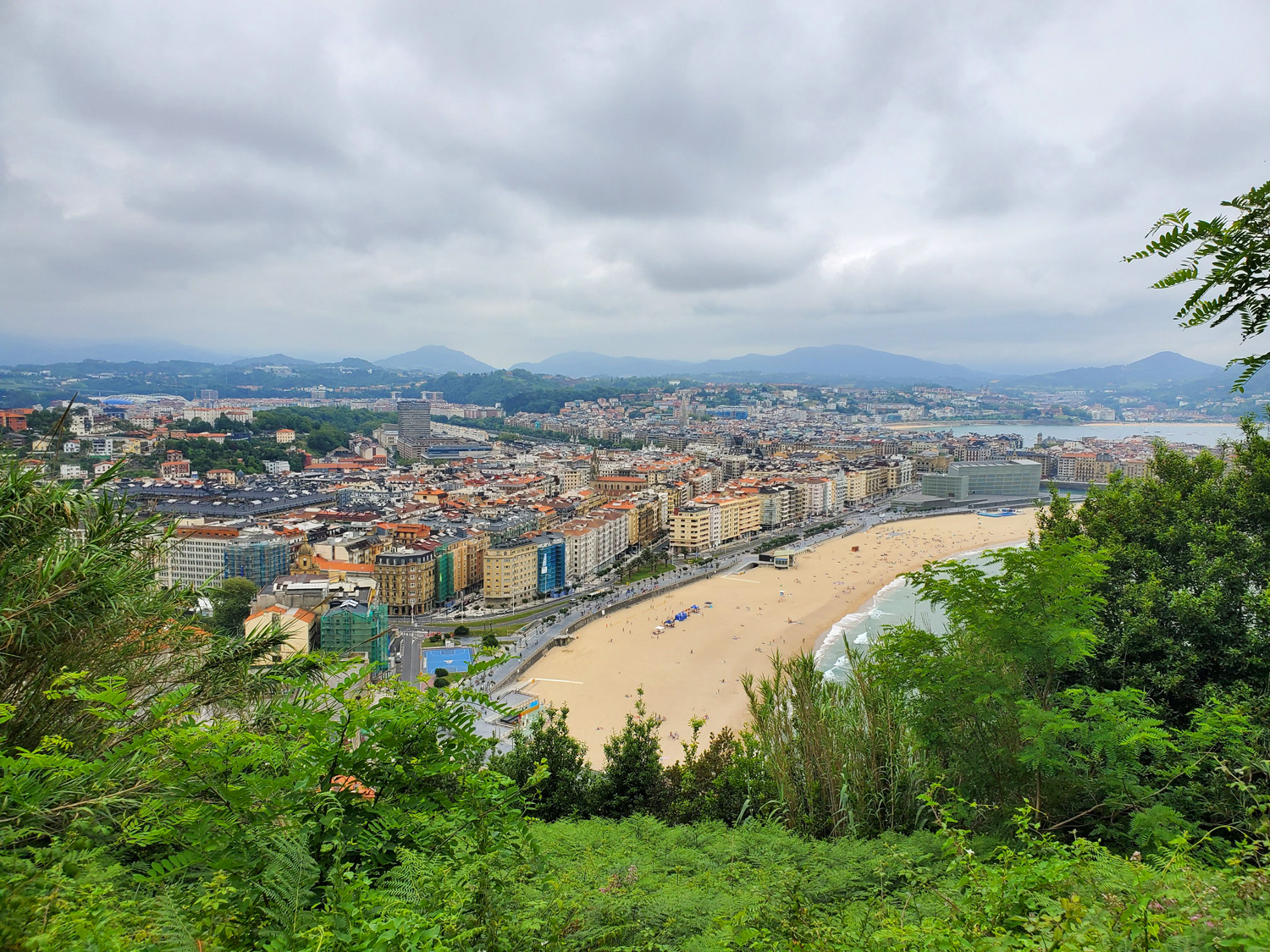
The Charge will help you move better, think clearer and stay in the game longer. Subscribe to our wellness newsletter today.
